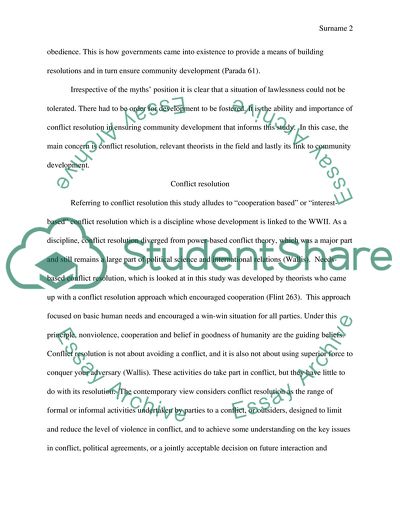Cite this document
(Importance of Conflict Resolution in Ensuring Community Development Essay, n.d.)
Importance of Conflict Resolution in Ensuring Community Development Essay. Retrieved from https://studentshare.org/people/1796517-community-development-and-conflict-resolution
Importance of Conflict Resolution in Ensuring Community Development Essay. Retrieved from https://studentshare.org/people/1796517-community-development-and-conflict-resolution
(Importance of Conflict Resolution in Ensuring Community Development Essay)
Importance of Conflict Resolution in Ensuring Community Development Essay. https://studentshare.org/people/1796517-community-development-and-conflict-resolution.
Importance of Conflict Resolution in Ensuring Community Development Essay. https://studentshare.org/people/1796517-community-development-and-conflict-resolution.
“Importance of Conflict Resolution in Ensuring Community Development Essay”, n.d. https://studentshare.org/people/1796517-community-development-and-conflict-resolution.


